Cheongil Jogyeji Stairway (청일조계지 경계 계단)
2.1 Km 0 2024-01-09
Seollin-dong, Jung-gu, Incheon
The border stairs of the Sino-Japanese Concession (an exclusive residential area set up for foreigners to live freely in ports opened for foreign trade) are located on a steep hill southwest of Jayu Park. It is a meaningful attraction with a history of about 120 years. The concession areas are divided into the Qing Dynasty concession on the left and the Japanese concession on the right with the stone stairs in the center. The buildings on the left and right clearly show each country's architectural styles and characteristics of the past.
Gonghwachun (공화춘)
2.1 Km 0 2024-01-04
43 Chinatown-ro, Jung-gu, Incheon
Gonghwachun, one of the Chinese restaurants in Chinatown, opened in 1905 and is famous as the birthplace of jjajangmyeon. The original Gonghwachun building is currently used as Jjajangmyeon Museum, and the current Gonghwachun main branch operates in a building that was founded in 2004. Among the various menus, Gonghwachun Jjajangmyeon is a must-try. This signature menu serves the noodles and the black bean sauce separately. The sauce contains a various ingredients cut in large bite-sized pieces, making it even more delicious. It also offers various course menu options, including lunch, couple, and family courses.
Daebul Hotel Exhibition Hall (대불호텔전시관)
2.1 Km 0 2024-01-04
101 Sinpo-ro 23beon-gil, Jung-gu, Incheon
This museum is located on the site of Daebul Hotel, Korea's first Western-style hotel, established in 1889. The hotel was demolished in 1978, but parts of the hotel structure were discovered in 2011 and rebuilt to preserve the hotel's original appearance. The first floor is the Daebul Hotel Exhibition Hall, through which visitors can see traces of Daebul Hotel at the time. The second floor is the Jung-gu Life History Museum, where visitors can get a glimpse of life in Incheon's Jung-gu area in the 1960s and 1970s.
Incheon Complex Fish Market (인천종합어시장)
2.1 Km 31957 2022-12-27
37, Yeonanbudu-ro 33beon-gil, Jung-gu, Incheon
+82-32-888-4241
Incheon Complex Fish Market is located at the coastal wharf, which is a major tourist attraction in Incheon. The market sells fresh marine products caught by local fishermen from the coast near the Yellow Sea.
Incheon Art Platform (인천아트플랫폼)
2.2 Km 19999 2019-03-18
3, Jemullyang-ro 218beon-gil, Jung-gu, Incheon
+82-32-760-1000
Incheon Art Platform is located in Haean-dong of Incheon known for its well-preserved architectural heritage sites and buildings that display both ancient and modern architecture. The complex was established through remodeling buildings constructed in the 1930s and 1940s, and by revamping such landmark buildings as Nippon Yusen Kaisah (Cultural Property No. 248) from the days when Korea first opened its doors to the outside world. The 13 buildings, including studios, library, training center, exhibition and performance halls, that make up Art Platform are expected to develop into a huge street museum in the future, thereby preserving the historical establishments, while displaying the modern interpretation of the past.
Incheon Japanese Street (인천일본풍거리)
2.2 Km 0 2024-02-16
Gwandong 1(il)-ga, Jung-gu, Incheon
Incheon Japanese Street, established following the opening of Incheon and Jemulpo Ports in 1883, was home to the Japanese concession. It preserves several Japanese-style wooden houses and stone structures from that era. These wooden houses, designed in the distinctive style of Japanese architecture where a storefront is integrated into the residential building, have been renovated and are now serving as cafés and exhibition halls. Nearby, visitors can also explore Incheon Chinatown and the Gaehangjang (Open Port Area) Street.
Gaehangjang (Open Port Area) Street (개항장 거리)
2.2 Km 33189 2023-11-10
27 Jemullyang-ro 232beonan-gil, Jung-gu, Incheon
+82-32-760-6448
As the Incheon Port was opened in 1883, this is where one could feel the rich history and culture accumulated over 126 years. Formerly used by the Japanese consulate, the Jung-gu Office, the Incheon branch of Japan's 1st, 18th and 58th Bank and other modern historical architecture can be found intact here. Other historical remains like Former Japan Mail and Shipping Inc., Incheon Art Platform, Jemulpo Gurakbu, and more are also available for visitors to see at the Incheon Gaehangjang (Open Port Area). For those who are interested in learning more, a guided tour by an Incheon cultural tourism expert is available upon reservation.
Songwol-dong Fairy Tale Village (송월동 동화마을)
2.2 Km 76427 2023-11-09
38 Donghwamaeul-gil, Jung-gu, Incheon
+82-32-764-7494
Songwol-dong was named for its view of the moon between the pine forest. The opening of Incheon Port in 1883 led to the start of many foreigners coming into the area for settlement, and it turned into a rich village. However, young people gradually moved out, leaving the village in a state of stagnation. As such, a renovation project was brought about to improve the development of the village by decorating with murals and sculptures of classic fairy tales.
Incheon Open Port Culture Night (인천개항장 문화유산 야행)
2.2 Km 10612 2024-04-25
80 Sinpo-ro 27beon-gil, Jung-gu, Incheon
+82-2-6961-5434
Incheon Open Port Culture Night focuses on the history, modern culture, and future of Incheon, the first international city in Korea with the opening of the port in 1883. Visitors can enjoy a journey into the past, reimagined in modern times through a wide range of experience programs.
Fairy Tale Village Dolphin Pizza (동화마을 돌고래피자)
2.3 Km 5737 2024-02-16
9-1 Donghwamaeuran-gil, Jung-gu, Incheon
Fairy Tale Village Dolphin Pizza is famous for its signature dish, Dolphin Pizza. It takes inspiration from the street food classic, bungeoppang (fish-shaped bun with red bean filling), but with a twist: it's filled with pizza ingredients instead. This innovative and portable street food is created by pouring flour batter into a dolphin-shaped baking frame and then stuffing it with pizza fillings. Additionally, the menu offers a variety of other fillings, including bulgogi, corn cheese, steak, cream, and red beans, catering to a wide range of tastes.
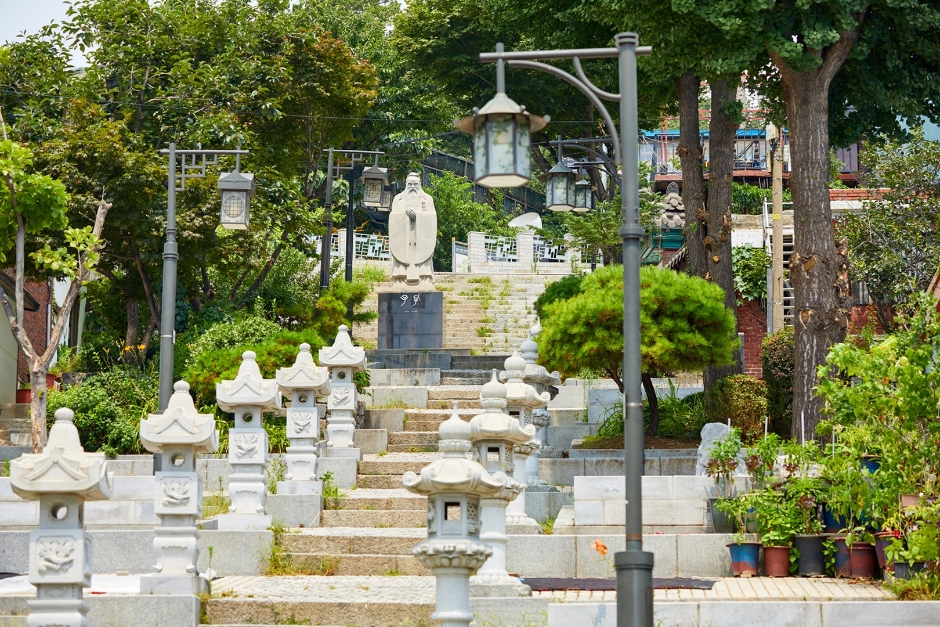
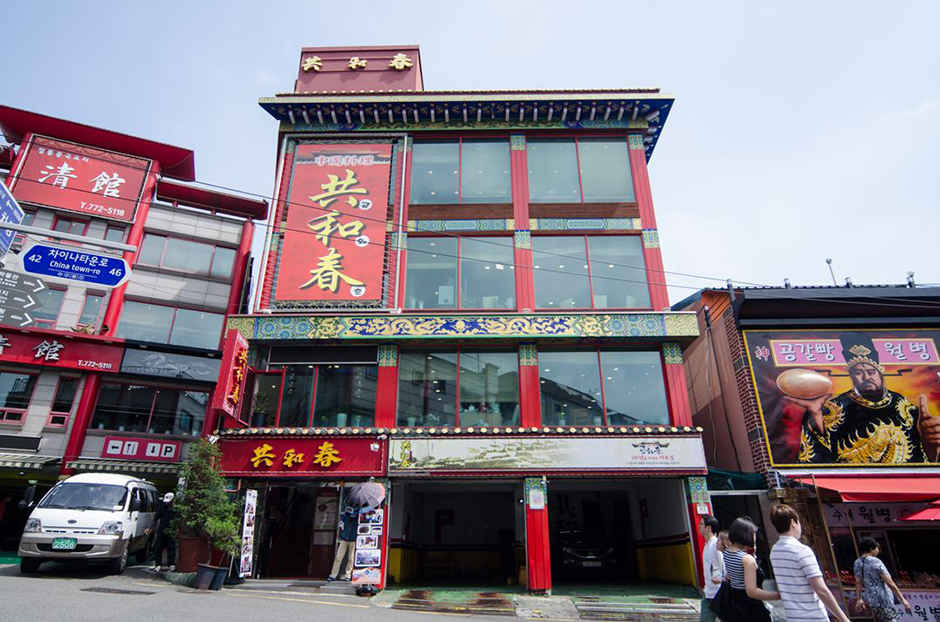
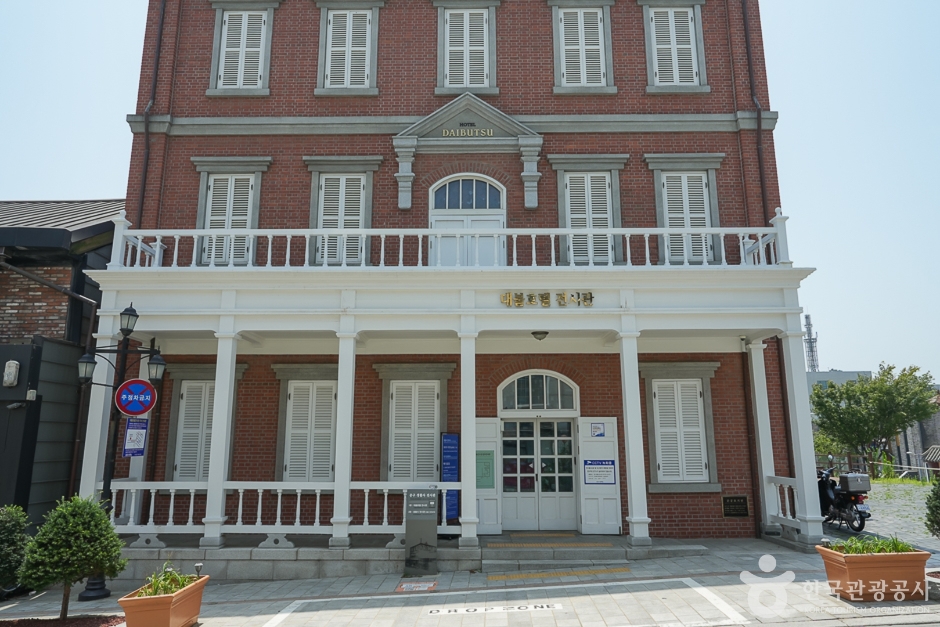
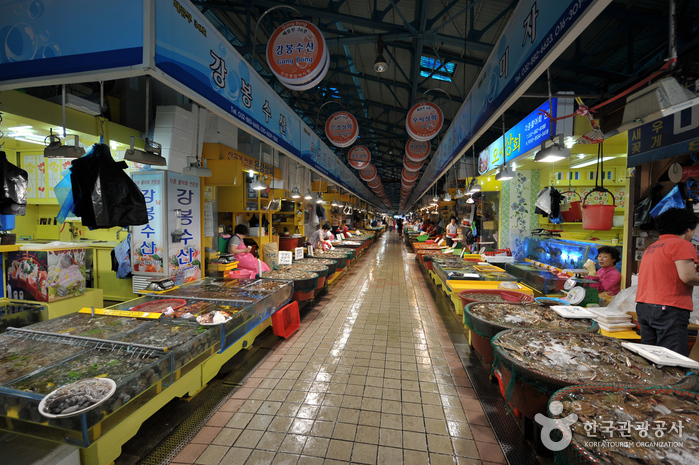
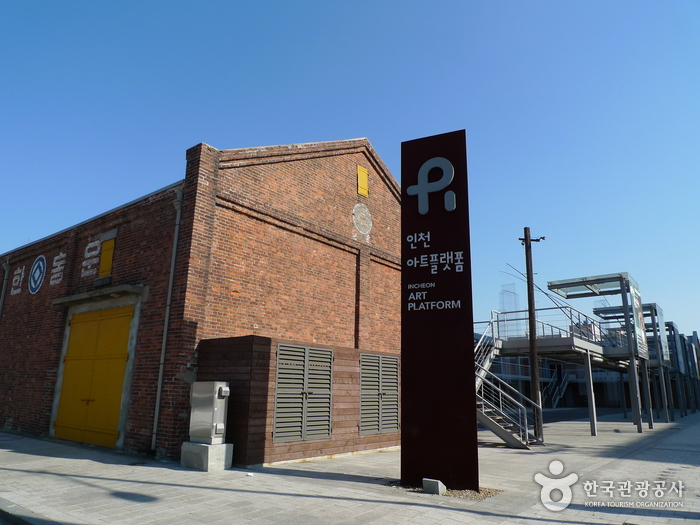
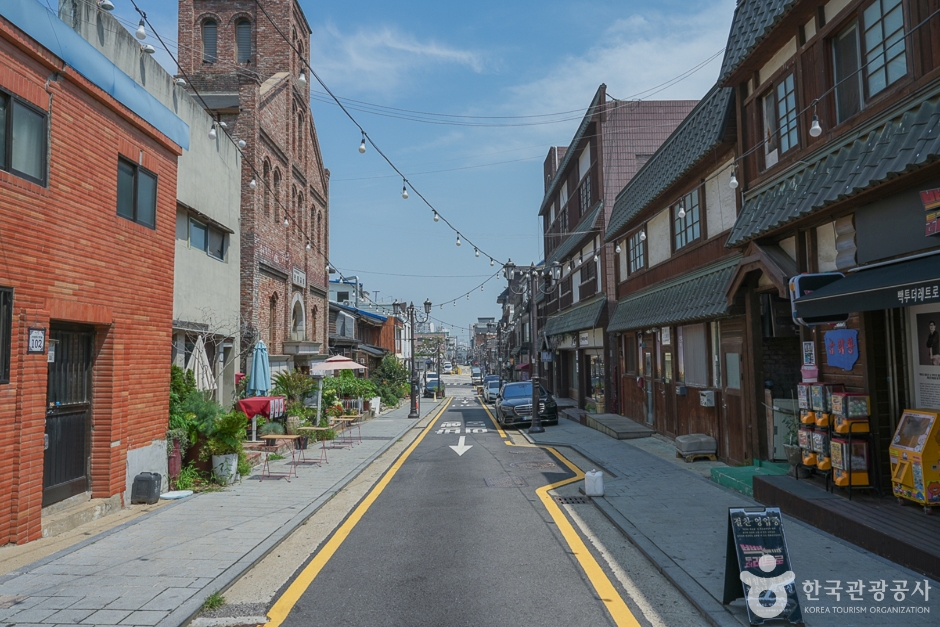

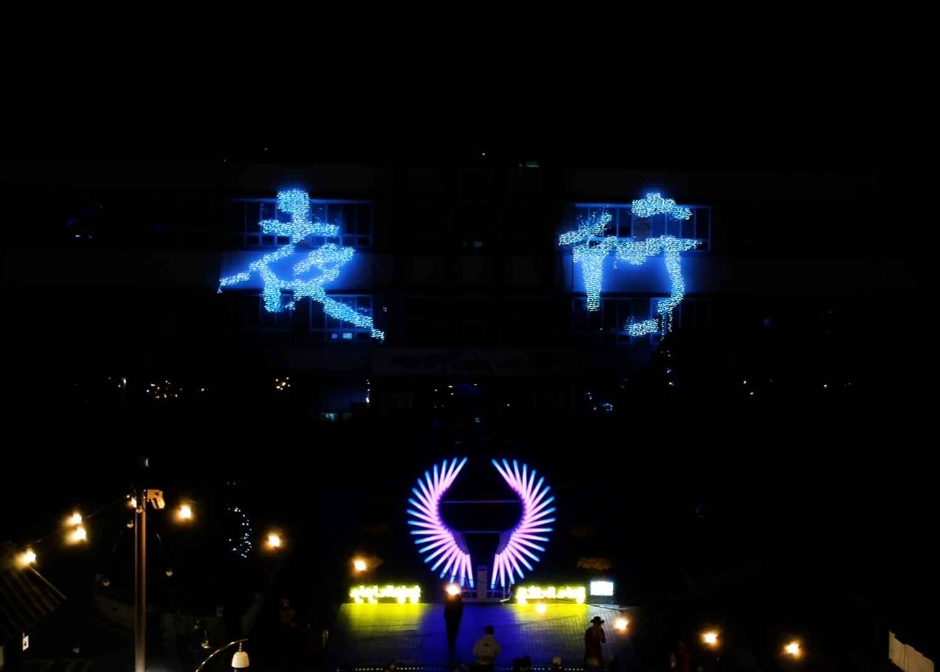
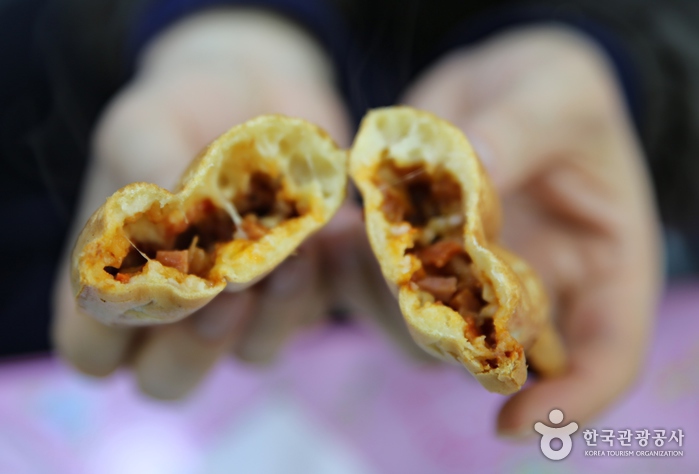
 English
English
 한국어
한국어 日本語
日本語 中文(简体)
中文(简体) Deutsch
Deutsch Français
Français Español
Español Русский
Русский